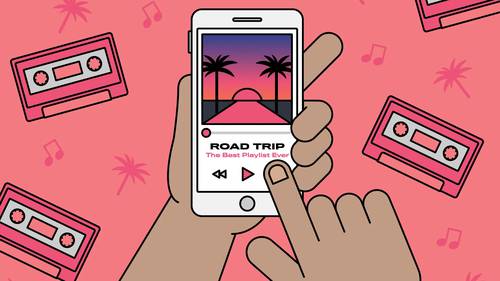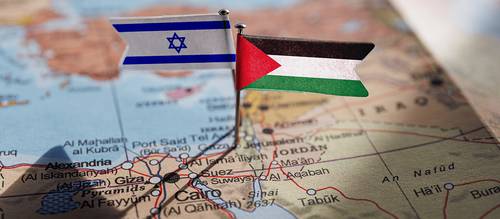This interview is a conversation with Mohammed Faizan, a final year student from the Department of Geoinformatics who was declared one of the champions in the all-India level mapping competition: MAPATHON. His outstanding contribution helped Anna University grab third place in the contest.
1. GT: Congratulations on this amazing victory! Can you tell us a little about yourself and your interests?
Faizan: I am Mohamed Faizan, a final year student from the Department of Geoinformatics. My academic interests lie in the field of GIS, disaster management, cartography and urban planning.
2. GT: Can you tell us about MAPATHON and its eligibility criteria?
Faizan: MAPATHON is a map-making competition for problem statements. It is organized jointly by IIT Bombay, AICTE and ISRO to produce maps using Indian remote sensing data. The data collected from Indian Space Research Organization (ISRO) platforms have tremendous potential in mapping India’s resources, agriculture, climate, disaster management, rural and urban planning and identifying pathways for future development. Such maps can be created using free open-source platforms such as QGIS. MAPATHON was conducted between 07-22 December 2020, with around 10,000+ teams participating in this pan India mapping event. All Indian Nationals can participate either individually or as a team with a maximum of four members, but I chose to participate individually.
3. GT: Can you brief us about the project you presented?
Faizan: I did a project titled: Change Detection of Glacier Lake using LISS III Satellite Data. I am sure you must remember the massive floods that occurred in Uttrakhand during February this year was caused by a glacier lake outburst that left about 72 dead and several construction workers missing. My project made use of glacier lake images taken from the LISS III satellite, where I have calculated the ratio of temporal change as seen in the photo we attached. We cannot monitor glacial changes efficiently using field study. In such scenarios, the importance of satellite images and mapping in the real world can be perceived.
4. GT: Can you share your experience with regards to participating in a national level competition?
Faizan: IITB-ISRO-AICTE MAPATHON 2020 was an extremely memorable event for me. It was an event where I finally got to put my GIS and Cartography ideas to use. Such competitions always broaden our perspective and encourage us to think beyond our horizons. It will be engraved in my memory for a while to come as it encouraged me to learn more about GIS and Cartography. An event like this allows people to contribute to our societal development despite the prevalent restrictions. I am grateful to IIT Bombay, AICTE and ISRO for this valuable opportunity; it was both insightful and enjoyable.
5. GT: Is there any preparation you did before the competition?
Faizan: No, there wasn’t any prior preparation for this competition for me. But it is crucial for participants to know GIS and Cartography. This win was not only my victory but was also one for the professors of IRS who helped me by various means. It is only with their support that I was also able to complete two books named Geoinformatics Handbook and Handbook of GIS Applications, both of which are now available on the internet. The faculty at IRS have been very supportive and made the effort to teach us the topics in-depth, which helped us learn a lot about remote sensing, GIS and Cartography.
6. GT: How can students interested in fields related to Geoinformatics increase their knowledge about the field?
Faizan: According to my experience, only learning theory is not sufficient. We need to put whatever we learn into practical applications that are beneficial for our society. Geoinformatics is a vast field of study and is flourishing in almost every domain nowadays. I would like to quote Roger Tomlinson, who is recognized as the father of GIS:
“I'm very positive about the future of GIS. It's the right technology at the right time. When I think of all the major problems that we face throughout the world today—overpopulation, food shortages, reduced agricultural production, adverse climate change, poverty—these are all quintessentially geographic problems. These problems are all concerned with the human relationship to the land, and this is where GIS can make its biggest contribution. GIS is the technology of our times and is uniquely suited to assist in solving the problems that we face.”
7. GT: Is there any advice you’d like to pass on to future participants of such competitions?
Faizan: My first advice would be to participate in such competitions without the pressure to win. Winning is secondary but participation is primary. These experiences will help us understand our strengths and weaknesses.
8. GT: How are you planning to take things further?
Faizan: I firmly believe that no doubt, one day GIS will lead the world. A map is the greatest of all epic poems. Its lines and colours show the realization of great dreams. I aim to use it to the best of my abilities to help our society.
Guindy Times thanks Faizan for their time and all the best for their future endeavours.





